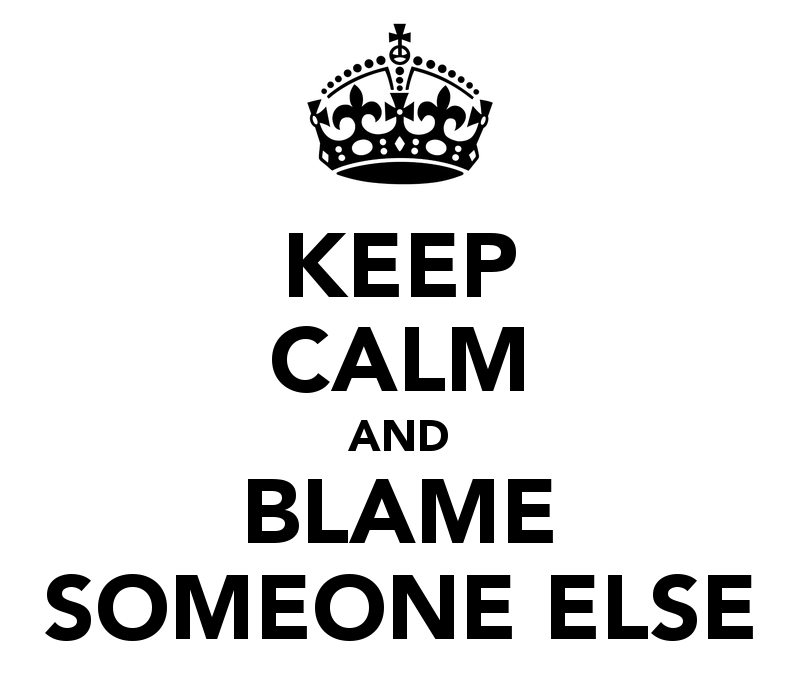
Here’s part of a conversation roadmap for talking with people about what they need to accomplish. The idea of the “roadmap” is that if you make yourself familiar ahead of time with the conversational territory you might encounter, then you won’t get lost no matter what direction the conversation takes.
The roadmap technique gives you structure for planning what kinds of things to say and not say, what the other person might say, and map out your responses. How do you steer back to the main road from any detours or dead ends, and how do you not throw up roadblocks or take people down the wrong road yourself?
For starters, don’t say, “Here’s what I need you to do.” We don’t motivate people with our needs. We motivate people with their needs.
We should have already taken the trouble to know what motivates each individual we work with, with questions like, “What gives you the greatest motivation here?”
Then we might say, “Here’s another chance to do the kind of work you did on your last (report, design, whatever). I’m confident you can do as good a job or better on this.”
Or maybe it’s, “Here’s something where I think you can really shine, step beyond how people see you now and show everyone what you’ve got.”
Whatever way we find to start, the next key question, after explaining the task, is this: “What do you think?”
It’s an open-ended invitation, and we have to say it with genuine curiosity. Then we follow their lead. We express interest in their view of the way forward, discuss the steps they suggest taking, share their concerns. The conversation is about them, their views, and so on. Many roads can lead to the same destination. Which one is best for them?
Along the way we don’t give directions. We ask questions. “What do you think Joe’s reaction to that will be?” “Do you see a way we can make those resources available?” “How will this fit with your other deadline on project Y?” And so on.
Ideally we’ll have anticipated their concerns and are ready with the right questions for any issue they don’t raise themselves. Our questions can allow the person to give themselves the directions we might have been tempted to give them ourselves. People listen to themselves much better than they listen to us.
If something is still clearly missing and we have to tell them, we don’t say, “Here’s what you need to understand,” or “Here’s what you’re missing.” That subtly emphasizes their inability rather than their ability. It’s a roadblock to their self-direction.
We say, “Here’s what I experienced in a similar situation.” Or, “Here’s something you might look into.” Something that has a tone of colleagues sharing information.
We also don’t say, “I’m here to support you. Come to me for any help you need.” That effectively takes responsibility and ownership away from them. We don’t offer them an “open door” that invites them to interrupt us with a question whenever they don’t want to make a decision.
Instead we might say, “I know you have the experience, the judgment, and the tenacity to do this. All I ask is that we check in together regularly so we can be sure you’re getting all the big picture information from me that you need.” These check-ins are of course the chance to correct the course, assess the competence, expect accountability and so on. But the check-ins start with, “What parts are going well? What are your next steps?” “What’s getting in your way?” We give people the chance to bring up any shortcomings themselves, before we do.
But what about real resistance? What route do we use then?
At the start we said, “What do you think?” We may have to probe here, to invite resistance early. We might even say, “I’m not sure if this is your personal first choice for a project right now.” Or, “I can see that this task might have some downsides for you.” Then we wait, but with a warm, sympathetic attention. We make it safe for people to raise an objection. We’re not laying a trap.
If someone does raise an objection, however small, we say, “Tell me more about that.” If it’s an objection we think others may share, we can ask the group, “Who else feels a little of what Joe’s talking about?”
We let people feel heard. More importantly, we actually hear them. And then we ask, “What would make this work better for you?” People may have surprisingly useful suggestions that will improve the effort significantly.
And finally, when objections remain, we say, “I’m sorry this isn’t exactly how you want it to go. But we have to proceed. What do you need now to go along?” This is a powerful question. It acknowledges resistance, and invites goodwill anyway. And it opens the door for mutual accommodation.
This approach takes time, yes. We may be tempted to say, because we have other fires to fight, “I need this next week and I don’t really care what you think about it. It’s you’re job, get on it.” But that is guaranteed to start yet another fire we’ll just have to put out in the end.
This is an “eyes in, fingers out” approach. and it may make some leaders nervous. But setting things up so we can keep our fingers out saves time in the end. It preempts resistance, and it builds capacity in the people we work with. It builds our own leadership capacity too.
(Questions about resistance used here come from the Deep Democracy work of Myrna Lewis.)
For more roadmaps for difficult conversations, click here.





 Leadership is not about the leader. Management is not about the manager. Teaching is not about the teacher. If we think the people we’re working with need to learn a lesson from us, that’s a sure sign that we’re thinking about ourselves rather than about them.
Leadership is not about the leader. Management is not about the manager. Teaching is not about the teacher. If we think the people we’re working with need to learn a lesson from us, that’s a sure sign that we’re thinking about ourselves rather than about them.





